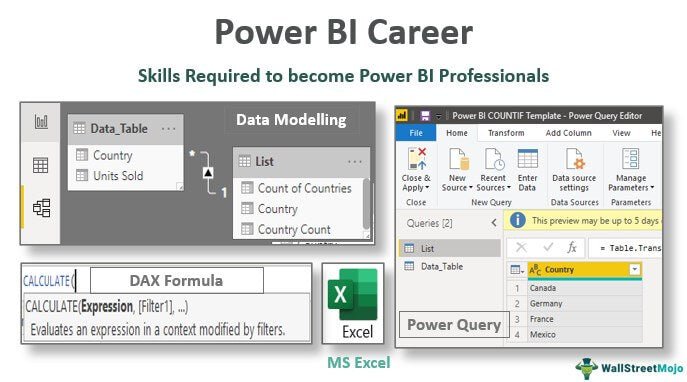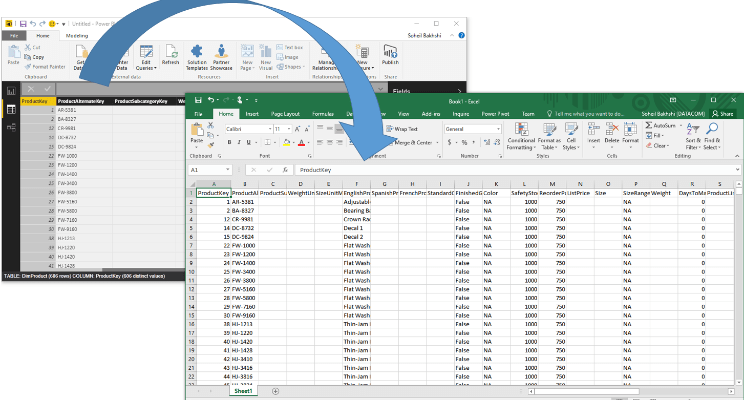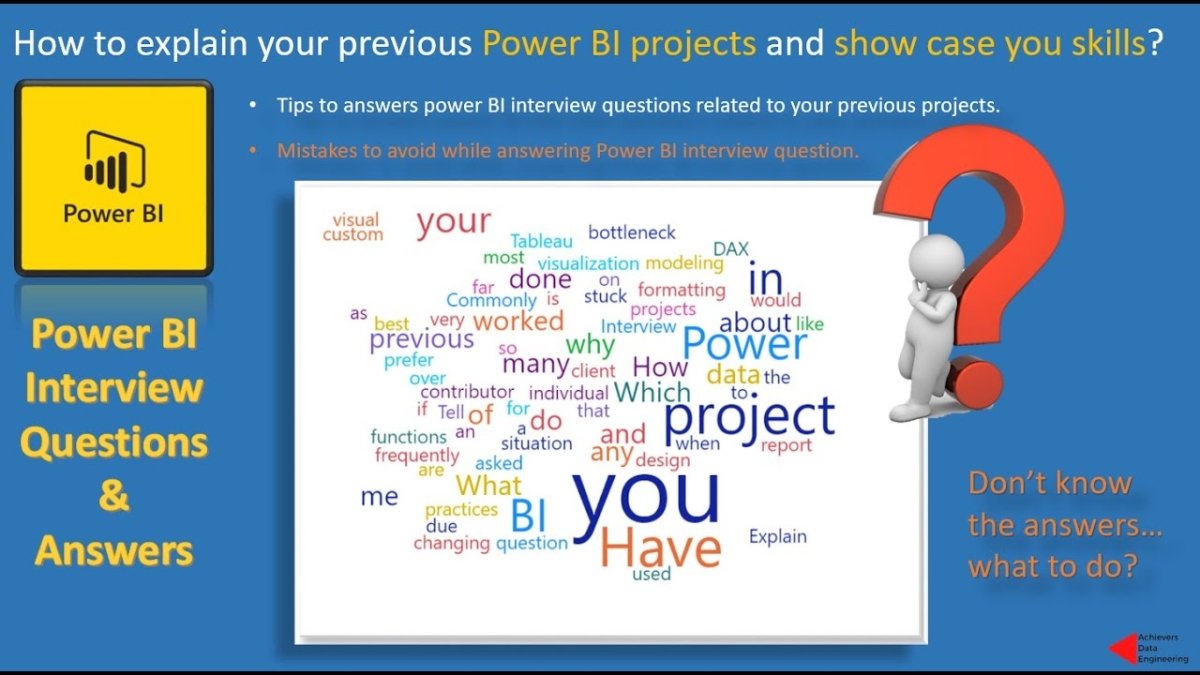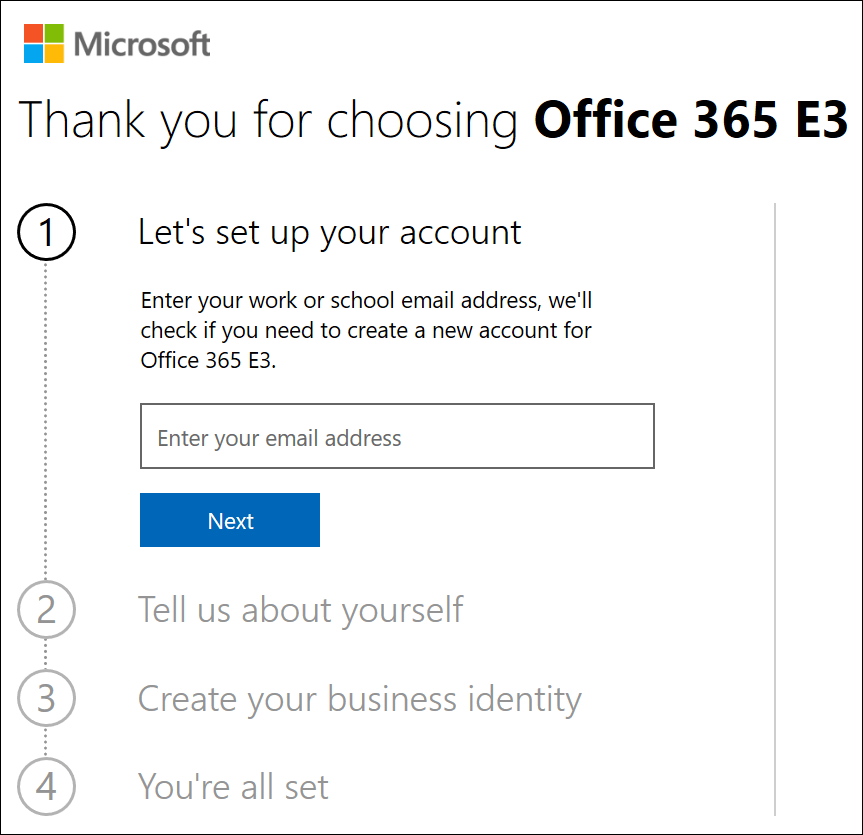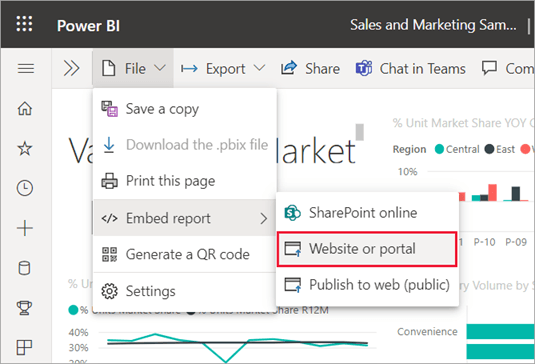What is Row Level Security in Power Bi?
Row Level Security in Power BI is a powerful tool that enables organizations to secure their data at the row level. It enables administrators to control user access to the data based on their individual needs and requirements, and to restrict access to certain fields or rows of data. This powerful feature can help organizations ensure that their data is secure while still providing users with the information they need. In this article, we’ll discuss what Row Level Security in Power BI is, as well as how it works and why it is important.

What is Row Level Security (RLS) in Power BI?
Row Level Security (RLS) in Power BI is an important feature that ensures the right data is seen by the right people, allowing organizations to control access to their data. With RLS, organizations can limit the amount of data users can access to only the data they should see. This helps organizations protect their confidential or sensitive data, while still allowing teams to collaborate on analytics projects.
RLS allows organizations to set up rules that limit the amount of data users can access, as well as the level of detail they can see. By setting up these rules, organizations can determine who is allowed to see what data, ensuring that confidential or sensitive information is not shared with the wrong people. This helps organizations protect their data, while still allowing teams to work together on analytics projects.
RLS is an important tool for organizations that need to keep their data secure and ensure that only authorized users are able to view sensitive information. With RLS, organizations can limit the amount of data users can access while still allowing teams to collaborate on analytics projects.
How Does RLS Work in Power BI?
RLS in Power BI is based on the concept of roles and permissions. These roles and permissions determine which data a user is able to view. With RLS, organizations can set up rules that limit the amount of data a user is able to view, as well as the level of detail they can see.
RLS works by assigning a user to a specific role. This role determines the data that the user is able to view. For example, a user in the HR role may be able to view employee data, while a user in the Finance role may be able to view financial data. By restricting the data that users are able to view, organizations can ensure that only authorized users are able to access sensitive information.
Benefits of RLS in Power BI
RLS in Power BI is an important tool for organizations that need to keep their data secure. RLS allows organizations to set up rules that limit the amount of data users can access, as well as the level of detail they can see. This helps organizations protect their data and ensure that only authorized users are able to view sensitive information.
RLS also helps organizations ensure that confidential or sensitive data is not shared with the wrong people. By limiting the data that users are able to view, organizations can ensure that only authorized users are able to access sensitive information. This helps organizations protect their data, while still allowing teams to collaborate on analytics projects.
RLS also helps organizations ensure that users have access to the data they need, while still protecting their data from unauthorized users. By setting up rules that limit the amount of data users can access, organizations can ensure that only authorized users are able to view sensitive information.
How to Implement RLS in Power BI
Implementing RLS in Power BI is relatively straightforward. First, organizations need to create roles and assign users to those roles. This will determine the data that users are able to view.
Next, organizations need to create rules that limit the amount of data users can access, as well as the level of detail they can see. This will help organizations ensure that only authorized users are able to view sensitive information.
Finally, organizations need to test the RLS rules to make sure they are functioning as expected. This will help organizations ensure that the RLS rules are working as intended and that only authorized users are able to view sensitive data.
Conclusion
Row Level Security (RLS) in Power BI is an important tool for organizations that need to keep their data secure. With RLS, organizations can limit the amount of data users can access, as well as the level of detail they can see. This helps organizations protect their confidential or sensitive data, while still allowing teams to collaborate on analytics projects. Implementing RLS in Power BI is relatively straightforward and can help organizations ensure that only authorized users are able to view sensitive information.
Related Faq
What is Row Level Security in Power Bi?
Row level security (RLS) is a security feature in Power BI that restricts user access to a data set based on a user’s role. It enables you to define user-based access rights to data, allowing users to view only the data they are allowed to see.
How does Row Level Security work in Power BI?
Row level security in Power BI works by allowing you to define roles that include a set of rules that define which rows of data are visible to a user. When a user signs into Power BI, their identity is evaluated against the roles defined in the dataset and they are only able to view data they have permission to.
What are the benefits of using Row Level Security in Power BI?
The primary benefit of using Row Level Security in Power BI is that it allows you to control user access to data in a granular manner. This means that you can restrict access to specific data sets, or even specific rows within a data set. This allows for more robust security and data governance, as you can be sure that users are only able to access the data that they are allowed to.
What are the drawbacks of using Row Level Security in Power BI?
The primary drawback of using Row Level Security in Power BI is that it can be difficult to implement and manage. As the security rules are defined on an individual user basis, it can be time consuming to ensure that the correct rules are being applied. Additionally, rules can become complex and difficult to maintain as the dataset grows in size.
What are some best practices for implementing Row Level Security in Power BI?
When implementing Row Level Security in Power BI, there are a few best practices that should be followed. Firstly, it is important to make sure that you are only granting access to the data that is necessary. Secondly, it is important to ensure that the security rules are simple and easy to maintain, as complex rules can quickly become unmanageable. Finally, it is important to regularly review and audit the security rules to make sure that they are still up to date and that no unauthorized access is occurring.
Can I use Row Level Security in Power BI to restrict access to specific data sets?
Yes, Row Level Security in Power BI can be used to control access to specific data sets. You can create roles that only allow users to access specific data sets, ensuring that users are only able to see the data that is relevant to their role. Additionally, you can also use RLS to restrict access to specific rows within a data set, allowing for even more granular control over user access.
What is Row-Level Security (RLS) in Power BI???
Row Level Security (RLS) in Power BI is a powerful tool that can be used to control access to data within a report or dashboard. It allows users to view only the data that they are authorized to see while still allowing them to benefit from the full power of Power BI. With RLS, administrators can restrict users to a specific subset of data based on their roles and responsibilities. RLS is an ideal solution for businesses seeking to enhance their data security and privacy. By using RLS, businesses can ensure that only the right people have access to the right information. With a secure, user-friendly platform like Power BI, businesses can keep their data safe while still leveraging the power of its analytics capabilities.

